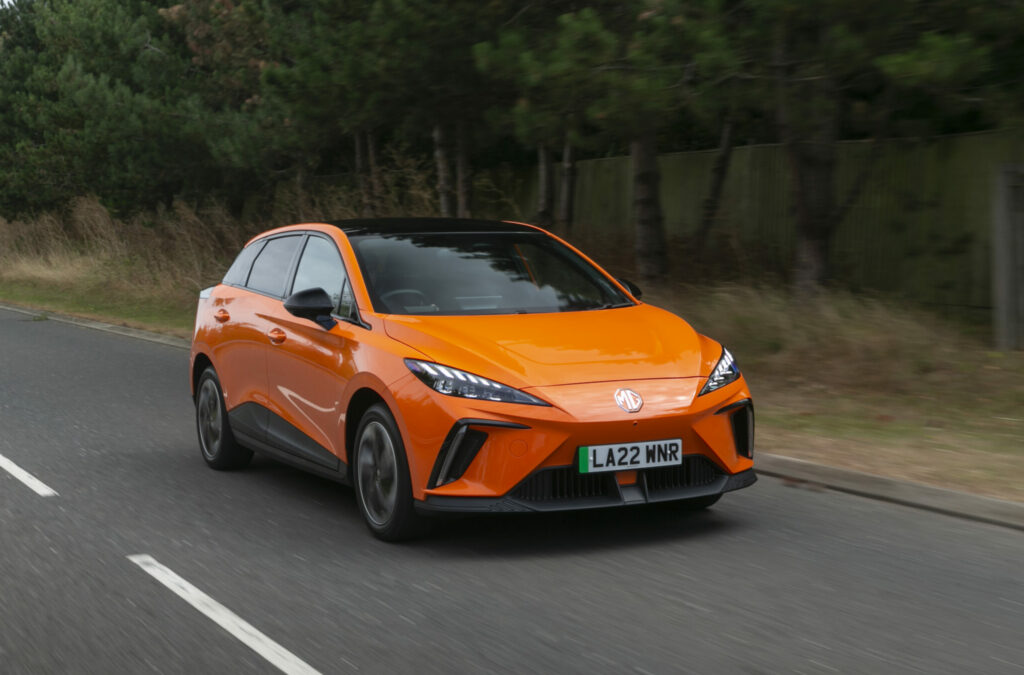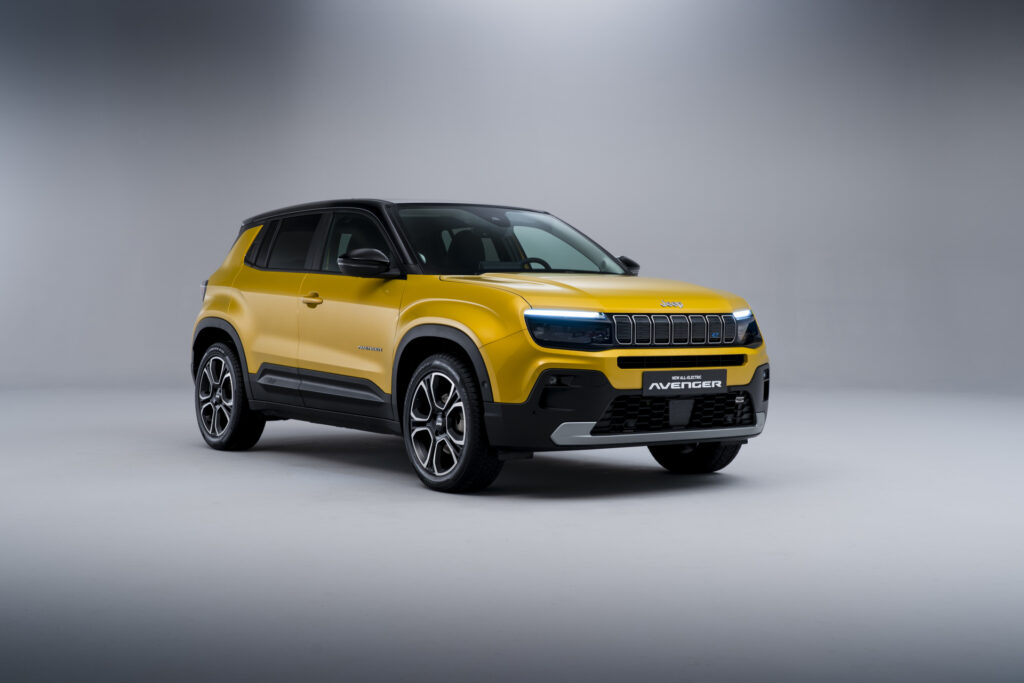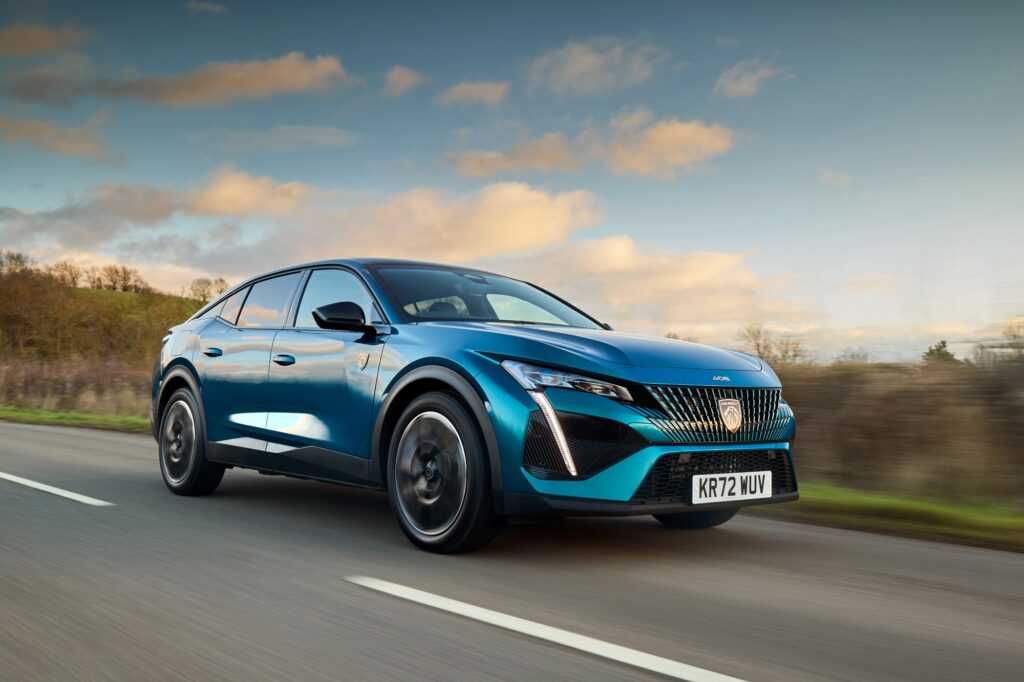Launch Report: Polestar 3 aims to stand out from the crowd
27 July 2023

The Polestar 3 is the spun-out carmaker’s first large SUV, and the brand has gone for a minimalist, Scandinavian design that it hopes will stand out in the marketplace.
As its first SUV, the carmaker can use the new model to increase its footprint in an ever-growing market. Polestar will differentiate the model from its competitors with a unique design and performance that backs up its brand identity. The battery-electric vehicle will certainly play on Polestar’s credentials as a sustainable manufacturer.
Autovista Group experts from Austria, Spain, and the UK analysed the model in their respective markets. The car’s strengths, weaknesses, opportunities, and threats were benchmarked against key rivals, with new-price points outlined alongside forecast residual values (RVs). Click on the image below to view these insights in the latest dashboard.
Aggressive-looking vehicle
At first glance, the Polestar 3 is an aggressive-looking vehicle. The carmaker wanted its design to incorporate all an SUV should offer, and it does this well. It looks big, with a wide stance and strong lines. The car sits high off the ground, while the rear angles from the roof to the arches make the back end look planted on the road.
To offset the Polestar 3’s bulk and size when it comes to aerodynamic efficiency, the carmaker has included a front aero wing integrated into the bonnet. There is another in the rear spoiler, as well as rear aero blades.
There are new touches from Polestar too, playing on the car’s larger size. The dual-blade headlights take up more space around the grill and have also been seen on the Polestar 5 concept. The front end also features a ‘SmartZone’, which houses a number of sensors and cameras, which are employed by the car’s advanced driver-assistance systems (ADAS).
This all combines to make the front of the car look a bit cluttered, especially with every component painted in Polestar’s traditional white. However, the visual elements of the car pull attention away from this, especially the side profile with the low bonnet line and the floating coupé-esque roofline.
Sustainability cues
The minimalism flows into the interior, where a host of sustainable materials, including bio-attributed MicroTech, animal welfare-certified leather and fully traceable wool upholsteries, are used to create a premium cabin space. There is very little within and the straight dashboard is only interrupted by the 14.5-inch vertical display, which features the Android Auto operating system.
The driver and passenger are cocooned by a floating centre console which offers plenty of storage space, while passengers in the rear have plenty of legroom, aided by the lack of a central tunnel. The panoramic roof offers plenty of headroom, even with the sloped profile towards the back. The sculpted door trims incorporate LEDs to add to the interior ambience, making the Polestar 3 a nice place to be.
The practicality is let down by the boot space. The 484-litres is lower than some of its competitors, although the 60/40 seat split in the rear increases capacity by 90 litres. The carmaker has stated that the model will only ever be offered with five seats, unlike the similar Volvo XC90, which sits on the same platform.
Polestar has fitted the dual-motor model with a 111kWh battery, which provides a range above 600km (WLTP). Drivetrain power output hits 360kWh, enabling acceleration of 0-100kph in five seconds, with a top speed of 210kph. Polestar also states that the model can charge at speeds of up to 250kW, taking the battery from 10% to 80% in 30 minutes, giving drivers 425km of range in the process.
Currently, the vehicle is only available in all-wheel drive which helps it feel stable on the road, while the SUV can also handle some off-road surfaces. Overall, the Polestar 3 is impressive to look at, handles well and stands out in an ever-crowded marketplace.
View the Autovista Group dashboard, which benchmarks the new Polestar 3 in Austria, Spain, and the UK for more details. The interactive launch report presents new prices, forecast residual values, and SWOT (strengths, weaknesses, opportunities, and threats) analysis.




